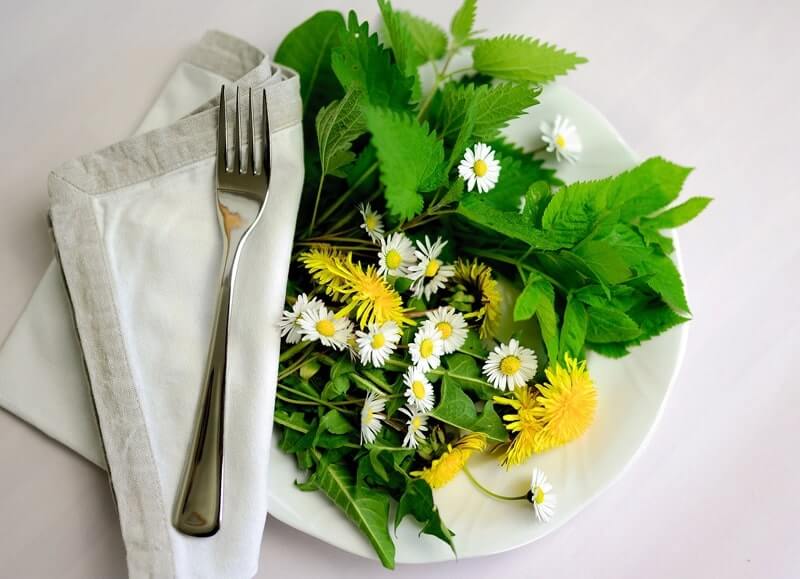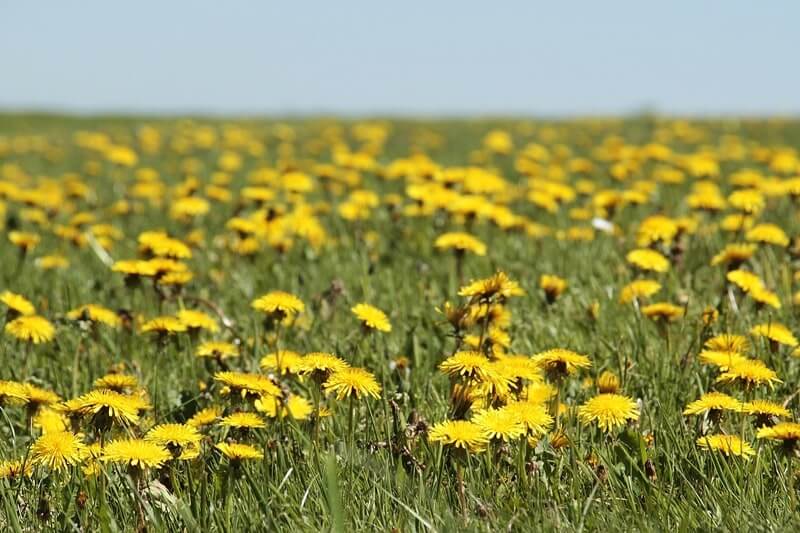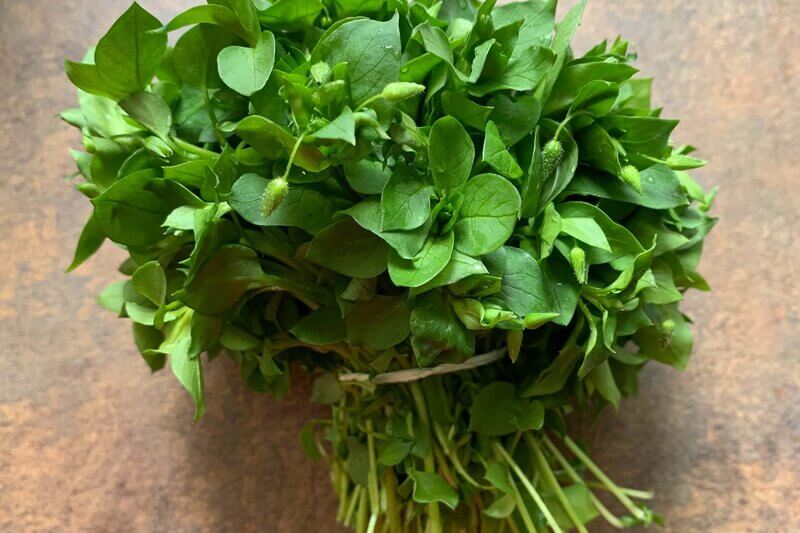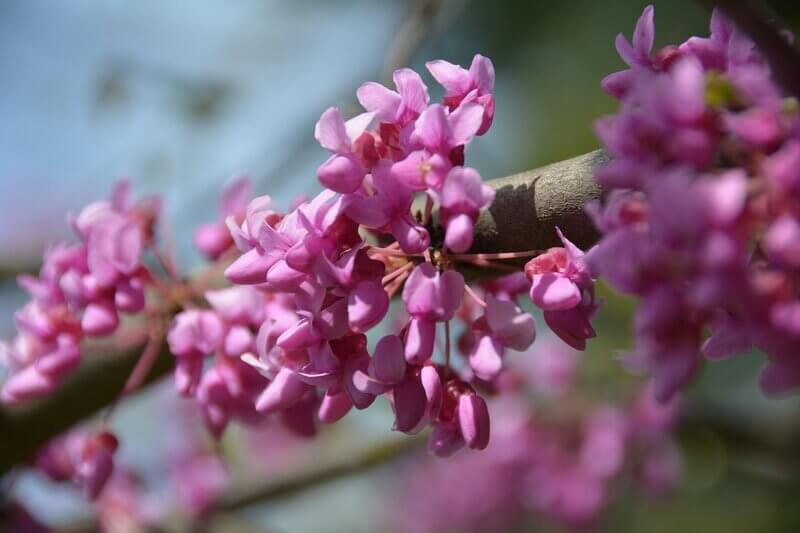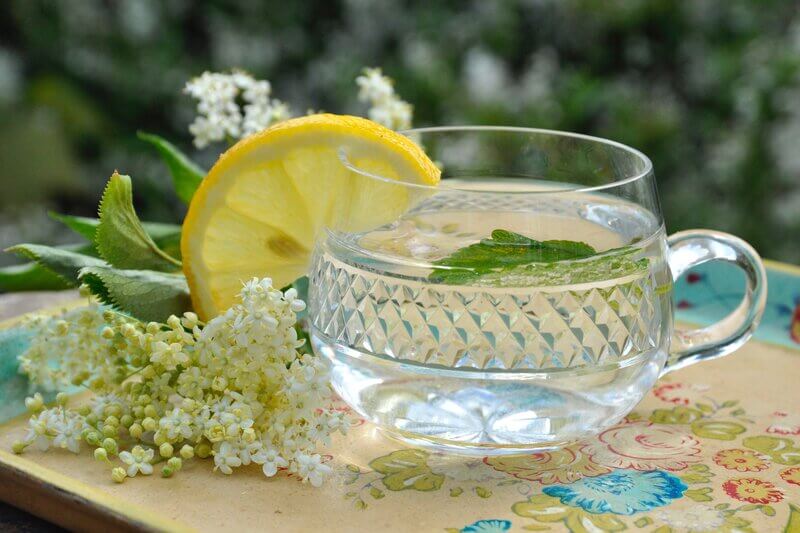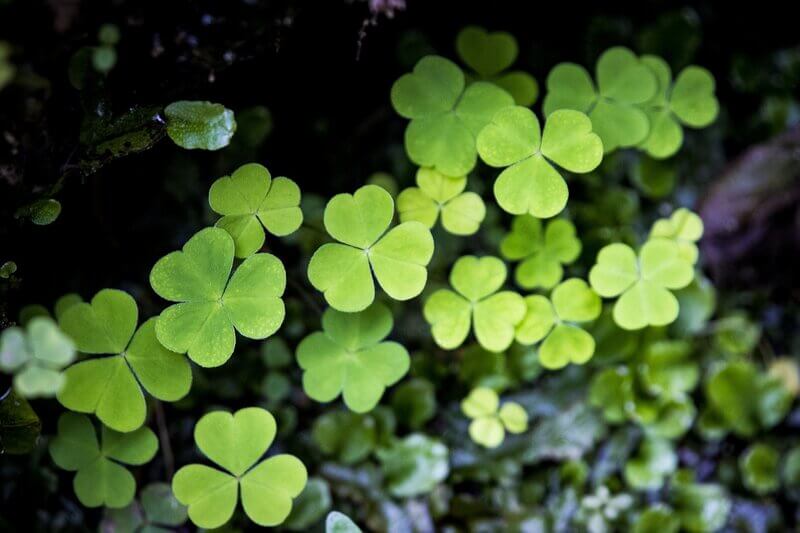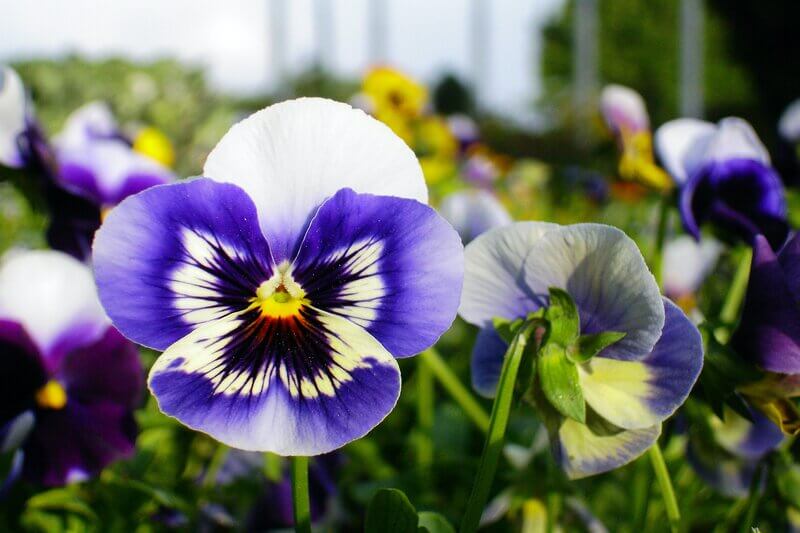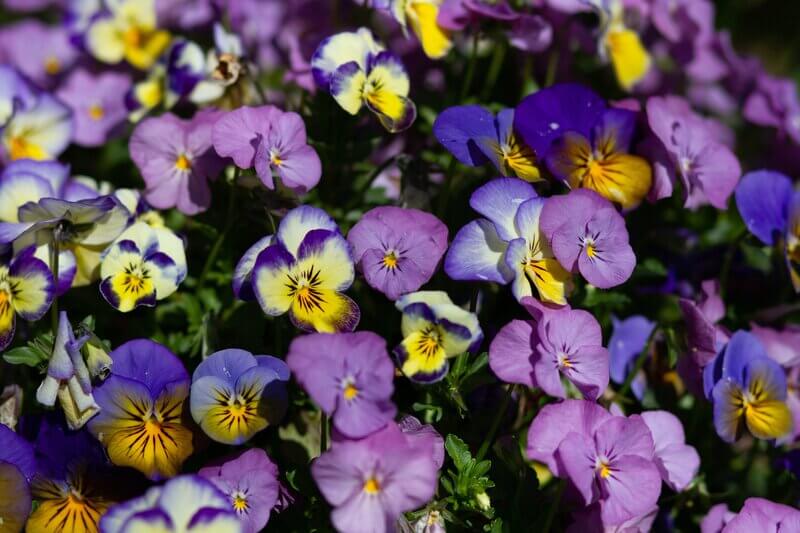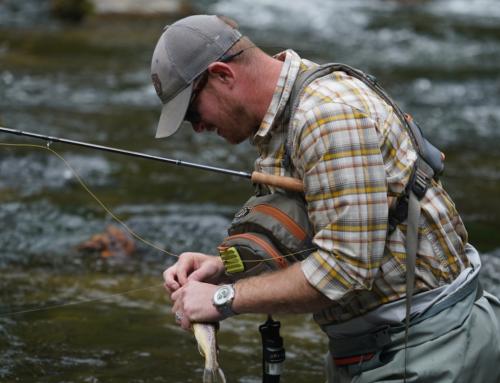Discover the rich tradition of Appalachian foraging right outside Meadowlark Motel in Maggie Valley, NC. Whether you’re a seasoned wild food enthusiast or a beginner seeking edible wild plants in North Carolina, these easy‑to‑find species offer delicious flavors, health benefits, and a deeper connection to the Smoky Mountains. Always forage responsibly, confirm plant identification, and follow local regulations.
Take a hike through the meadows, cool your feet in the edges of a stream, or explore the majestic forests of the Great Smoky Mountains and you’ll discover delicious food hiding in plain sight! Nature’s edible bounty is right at your fingertips…if you know what you’re looking for.
We’ve collected an extensive list of wild edible plants in North Carolina, many of which can be found growing right here near the Meadowlark Motel. From roots to petals, you’ll be amazed at the wonders of what is available for foraging in the mountains of North Carolina. Read on to discover the rich and fascinating nourishment opportunities that our Appalachian ancestors practiced as they learned to live off the land.
Edible Wild Dandelions (Taraxacum officinale)
Every single part of the dandelion is edible. If you’re using it in a salad or stir-fry, pick the youngest, greenest leaves, usually in the center of a bunch. Don’t add too many. Otherwise, your lunch will have a bitter taste. Throw in the blossoms for a pop of color and crunch. Dandelions are also a medicinal plant – the bright yellow dandelion flowers add visual appeal and subtle sweetness, while the roasted roots can be brewed into a caffeine‑free coffee alternative that supports liver health. Young dandelion greens make a perfect spring salad base or sautéed side dish.
Chickweed (Stellaria media)
Often overlooked, chickweed thrives in cool spring and fall weather. Its tender leaves and stems taste like spinach and can be used fresh in Maggie Valley foraging salads or lightly stewed as a nutrient‑packed side.
Burdock (Arctium spp.)
Harvest burdock root for hearty Appalachian‑style soups and stews. Packed with antioxidants and minerals such as iron and magnesium, burdock root adds earthy flavor and wellness benefits to any mountain‑inspired recipe.
Redbud (Cercis canadensis)
Redbud trees line many Maggie Valley hiking trails. Their magenta blossoms taste like snow peas and are rich in vitamin C—ideal for wildflower salads or stir‑fries that highlight seasonal edible flowers in North Carolina.
Elder (Sambucus canadensis)
Elderflower cordials and elderberry syrups are classic granny‑medicine remedies. Forage elder blossoms in late spring and berries in late summer to make immune‑boosting jams, wines, and traditional herbal tinctures.
Wood Sorrel (Oxalis spp.)
Wood sorrel’s lemony tang is a refreshing addition to spring greens mixes or garnishes. High in vitamins A and C, look for heart‑shaped leaves under forest canopies, but use in moderation to avoid its strong oxalic acid bite.
Chicory (Cichorium intybus)
Harvest chicory roots, dry them, and grind for a robust coffee substitute beloved throughout Western North Carolina. Young chicory leaves also offer a pleasant bitterness that enhances foraged salad blends.
Pansies (AKA Johnny Jump Ups) (Viola tricolor)
Also known as wild pansies, these delicate blooms yield a mild minty flavor. Sprinkle Johnny Jump‑Ups over desserts, salads, or artisanal foraging platters for a pop of color and nutrition.
Wild Garlic (Allium spp.)
Wild garlic leaves work like chives—finely chop for soups, salads, or the HomeCraft Kitchen’s seasonal dishes. This North Carolina native provides vitamins A, C, and natural antibacterial compounds.
Wild Violets (Viola spp.)
Shaded woodland floors around the Blue Ridge Parkway hide edible violets. Their gentle, sweet leaves and blooms brighten salads, teas, and desserts with subtle floral notes.
Wineberries (Rubus phoenicolasius)
Find these jewel‑-toned raspberries along Maggie Valley trails and creek banks. Free of pesticides, wineberries are antioxidant powerhouses perfect for jams, cobblers, or on‑the‑spot snacking.
Ginseng (Panax quinquefolius)
This legally protected herb requires a permit for harvest in North Carolina. Ginseng root, prized for its adaptogenic properties, supports energy and immunity—be sure to review park regulations before foraging.
Foraging Safety Reminder: Always verify plant identification with a qualified expert. Some wild plants require cooking, and parts of a single species may be inedible. Never consume wild foraged foods unless you are 100% certain of their safety.PLEASE NOTE:
This article is for education and entertainment purposes only. Please consult an expert when foraging. Be sure to confirm the identity and health effects of any and all plants before eating them. Never eat anything that you are not 100% sure about. Some edible plants in North Carolina must be cooked before eating. Some parts of plants are edible, while another part of the same plant may be poisonous. Do not experiment if you are not completely sure about what you are eating. Do your research beforehand and always ask an expert. Foraging Safety Reminder: Always verify plant identification with a qualified expert. Some wild plants require cooking, and parts of a single species may be inedible. Never consume wild foraged foods unless you are 100% certain of their safety.



